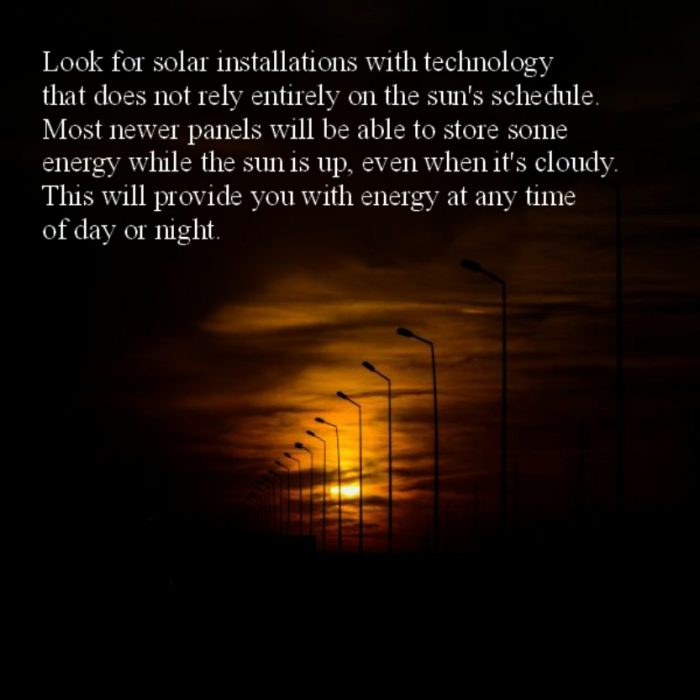CREDIT: By Oxyman [GFDL (http://www.gnu.org/copyleft/fdl.html), CC-BY-SA-3.0 (http://creativecommons.org/licenses/by-sa/3.0/) or CC BY 2.5 (https://creativecommons.org/licenses/by/2.5)], from Wikimedia Commons
Basically, we all are aware that solar energy can be used to generate electricity or heat for our homes or whatever machine in question that may be using the solar technology. What we may not know however, is that if combined with technology from a steam engine then the solar powered steam originating from the sun can be harnessed as solar steam power and used to manufacture clean mechanical energy as well which can be used in the working of a solar steam generator such as the idea for a solar steam train.
Steam engines in the olden times used firewood or coal to burn and boil water in a reservoir to produce steam concentrated at high pressures which is useful in rotating a piston by the steam engine but these methods produced a lot of soot, smoke and carbon emissions, harmful to the environment, which contributed to activities aimed at finding a newer more reliable and less wasteful steam generator.
This saw the proposal of the solar steam train come to be.
[instantazon id=’wpis_1530739289′]
The use of solar may be a bit less efficient as compared to the regular more polluting fuels but it is a lot more environmentally friendly which is a better win on any day. Since the energy given off by the sun is in abundance, pollution free and is as well free of charge, it doesn’t make it unreasonable to want to convert it and use it mechanically to drive our machines-in this case, the solar steam train. The sun’s energy however is dissipated across a wide region and to be able to harness it would mean concentrating it at one certain point to produce enough heat to convert water into pressurized steam.
A few components are used in this process such as a solar collector, which is the lens used to concentrate the sun’s rays to a certain point where it can be collected, the heat transfer point where the sunlight is focused onto a metal transfer case which allows for the heating of water to turn it into steam with supporting high temperature and high pressure equipment and finally the steam engine which is the chamber that focuses the pressurized steam and normal atmospheric pressure to move pistons which in turn move shafts which are then used to turn the mechanical apparatus.
It however does have some challenges facing it before its successful integration to make a working solar steam engine such as; the amount of power dissipated from a steam engine is not the same as from an internal combustion engine which produces significantly more power output. It may take more than one steam engine to do the equivalent work of one internal combustion engine. They also require more regular maintenance as compared to ordinary engines.
Solar steam power is also focused purely on the sun and as such is limited to day times and clear skies but ways are being worked on that will see steam produced from solar energy being stored for use at times when solar energy is unavailable. To provide enough heat from the sunlight as well that can be used to heat water and create steam needs concentrated light which would need large reflective mirrors placed at a central location with no obstruction most probably the top of the train. These large lenses or as well parabolic mirrors can be used, are very expensive and putting up a number of these together enough for the project will be expensive. They also have to constantly be aligned to follow the movement of the sun.
Though the use of solar steam technology for trains is not as efficient or even convenient, it is a non-polluting energy source and with continued improvements to technology and solar steam energy to be specific, it will find practical use in the near fast-approaching future.
 Credit: CSIRO [CC BY 3.0 (https://creativecommons.org/licenses/by/3.0)], via Wikimedia Commons
Credit: CSIRO [CC BY 3.0 (https://creativecommons.org/licenses/by/3.0)], via Wikimedia Commons Solar energy is the answer to the world’s energy problems. This is a constantly, completely renewable source of power that will continue to thrive for centuries to come. No other solution, even other renewable sources, are as capable, plentiful, and efficient. A few of the key benefits are discussed below.
Solar energy is the answer to the world’s energy problems. This is a constantly, completely renewable source of power that will continue to thrive for centuries to come. No other solution, even other renewable sources, are as capable, plentiful, and efficient. A few of the key benefits are discussed below.